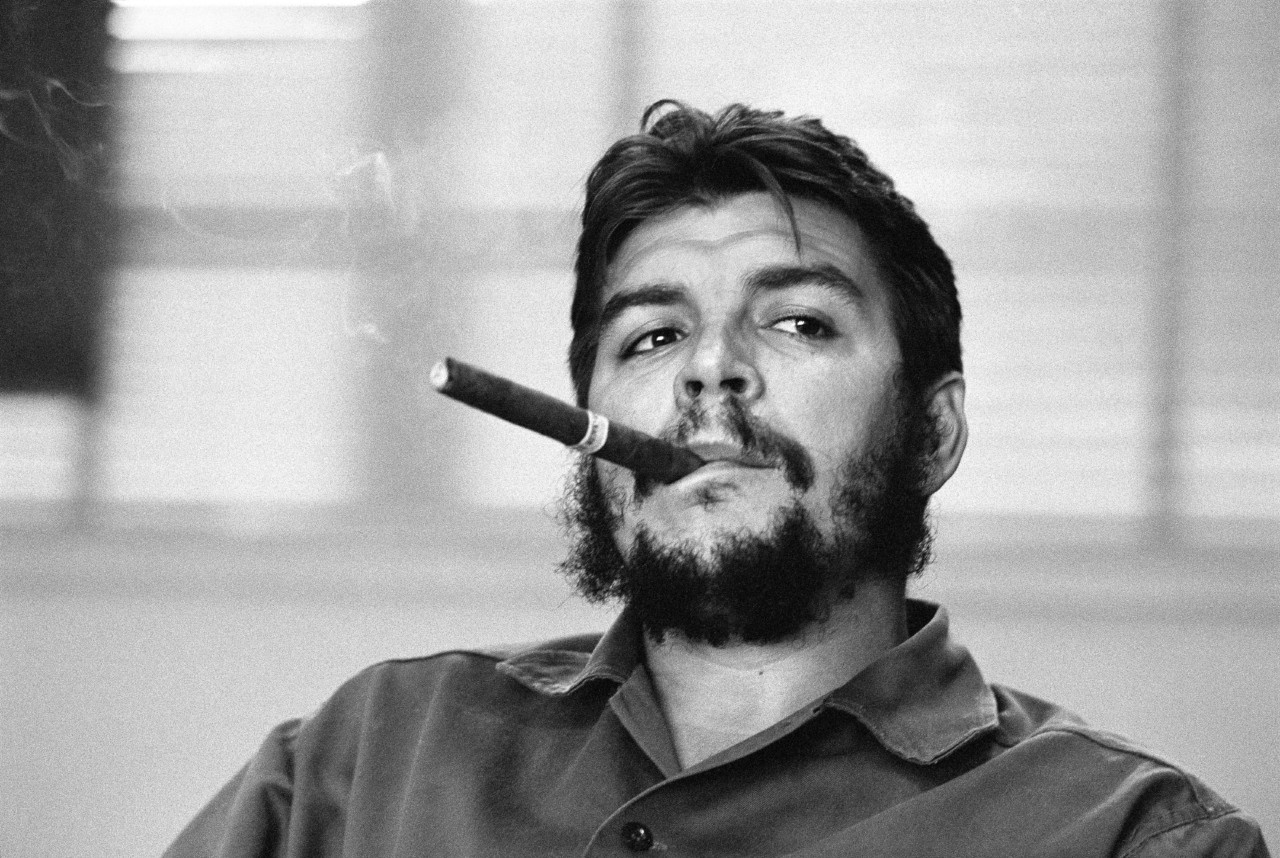Che Guevara Executed (1967)
Mon Oct 09, 1967

Image: **
On this day in 1967, communist revolutionary Che Guevara was executed by CIA-assisted forces in Bolivia, where he had been attempting to foment revolution. His last words were "Shoot, you are only going to kill a man."
Ernesto "Che" Guevara was an Argentine Marxist revolutionary, physician, author, guerrilla leader, diplomat, and military theorist. A major figure of the Cuban Revolution, his stylized visage has become a ubiquitous countercultural symbol of rebellion and global insignia in popular culture.
After serving in Castro's government, Guevara left Cuba in 1965 to foment revolution abroad, first unsuccessfully in Congo-Kinshasa and later in Bolivia. While agitating for communist revolution in Bolivia, Guevara was captured by CIA-assisted state forces and summarily executed on this day in 1967.
On November 3rd, 1966, Guevara had secretly arrived in La Paz on a flight from Montevideo under the false name Adolfo Mena González, posing as a middle-aged Uruguayan businessman working for the Organization of American States (OAS). Once there, Guevara had difficulty getting cooperation from both local dissidents and the Bolivian Communist Party, despite besting the Bolivian military in several skirmishes.
To help crush the resistance movement, the Bolivian government and U.S. military relied on the expertise of fugitive Nazi war criminal Klaus Barbie, who had undermined the French Resistance and was responsible for the torture and murder of its leader, Jean Moulin.
Some of the inhabitants willingly informed the Bolivian authorities and military about the guerrillas and their movements in the area, which contributed to Guevara's capture on October 7th, 1967. He famously shouted "Do not shoot! I am Che Guevara and I am worth more to you alive than dead!", however he remained defiant in captivity.
On October 9th, on orders from the Bolivian President René Barrientos, Guevara was executed. In the documentary "My Enemy's Enemy", German journalist Kai Hermann alleged that Barbie devised the strategy that led to Guevara's capture.
"The true revolutionary is guided by a great feeling of love. It is impossible to think of a genuine revolutionary lacking this quality."
- Che Guevara